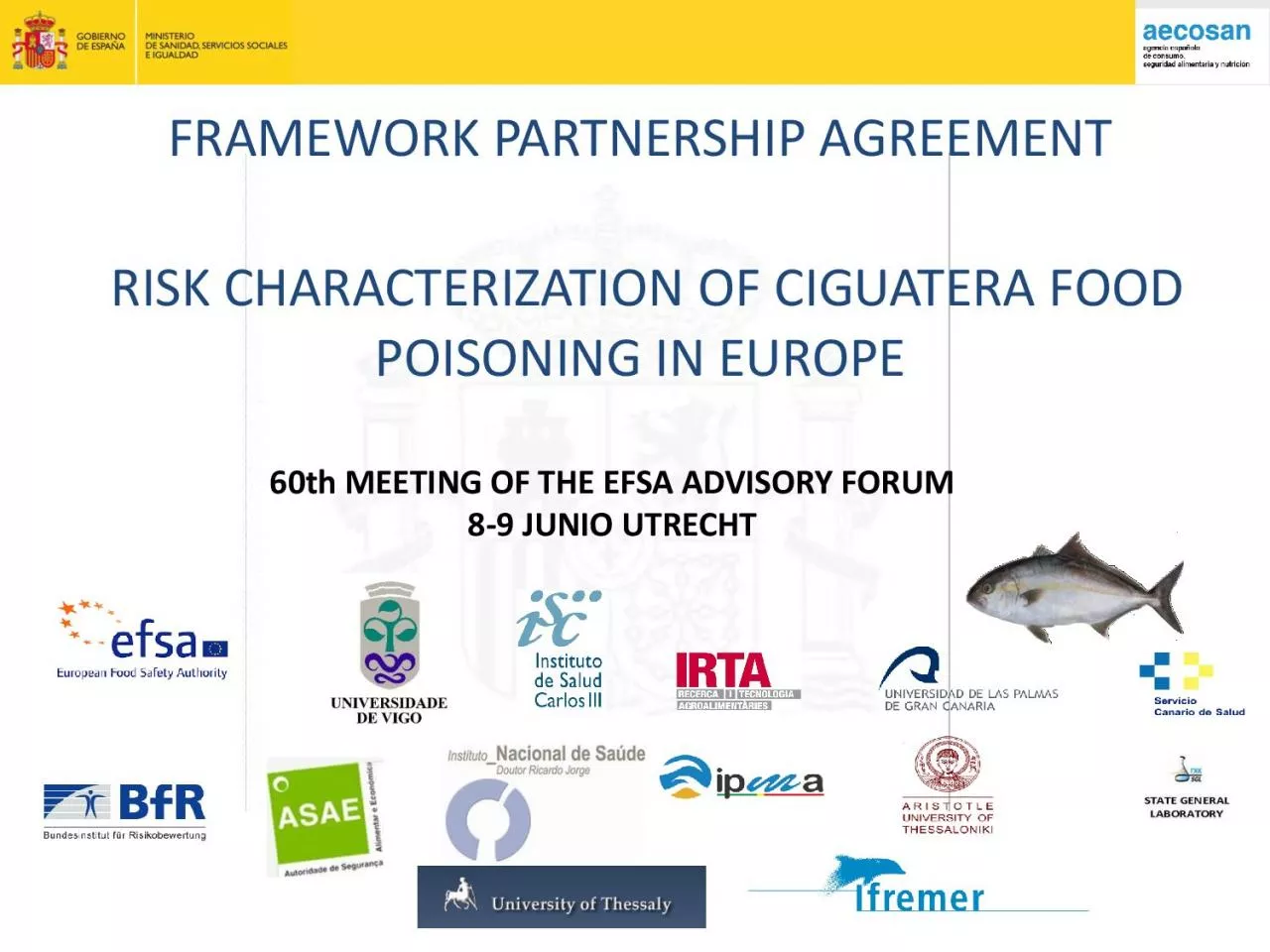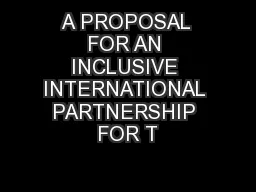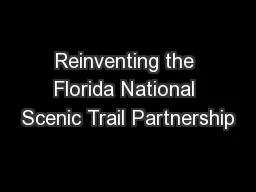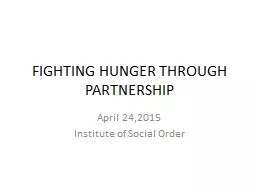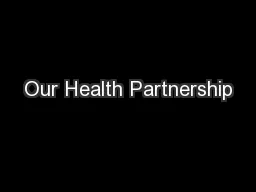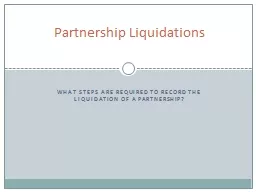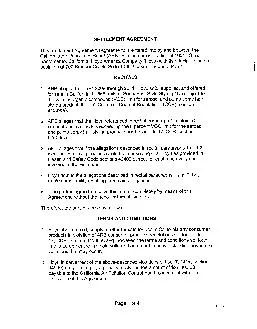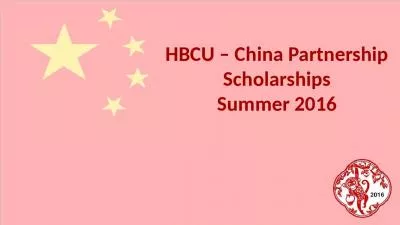PDF-FRAMEWORK PARTNERSHIP AGREEMENT
Author : isabella | Published Date : 2022-08-23
RISK CHARACTERIZATION OF CIGUATERA FOOD POISONING IN EUROPE 60th MEETING OF THE EFSA ADVISORY FORUM 8 9 JUNIO UTRECHT CIGUATERA CFP CIGUATERA FISH POISONING The most severe poisoning related w
Presentation Embed Code
Download Presentation
Download Presentation The PPT/PDF document "FRAMEWORK PARTNERSHIP AGREEMENT" is the property of its rightful owner. Permission is granted to download and print the materials on this website for personal, non-commercial use only, and to display it on your personal computer provided you do not modify the materials and that you retain all copyright notices contained in the materials. By downloading content from our website, you accept the terms of this agreement.
FRAMEWORK PARTNERSHIP AGREEMENT: Transcript
Download Rules Of Document
"FRAMEWORK PARTNERSHIP AGREEMENT"The content belongs to its owner. You may download and print it for personal use, without modification, and keep all copyright notices. By downloading, you agree to these terms.
Related Documents

